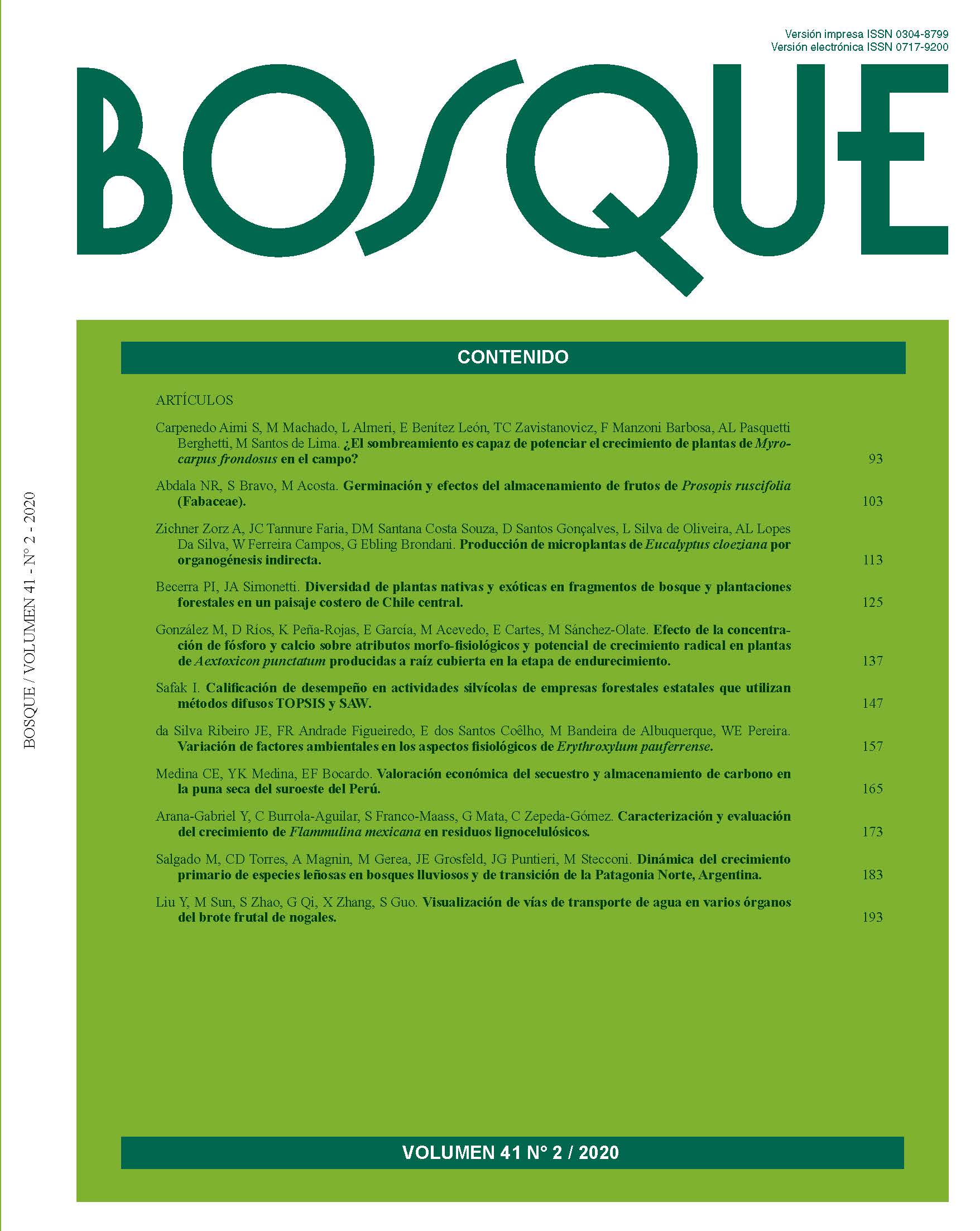Performance rating on silvicultural activities of state forest enterprises using fuzzy TOPSIS and SAW methods
Main Article Content
Abstract
Silvicultural activities are the guiding practices carried out in the forest to achieve the objectives of forest enterprises. The suitability of these activities directly affects the level of achievement of the forest enterprise and thus the performance level. This article discusses how to evaluate the performance of silvicultural activities in forest enterprises. The study was carried out at the state forest enterprises belonging to Denizli forestry regional directorate in Turkey. Eight criteria were generated and also used in the study, which was related to cost, size, and amount of silvicultural activities, natural regeneration, regeneration care, thicket tending care, forest rehabilitation, artificial regeneration, cultivation care and number of staff. These criteria have been weighted by experienced forest engineers through the application of a well-structured surveying method. The criteria are weighted for they were not equally effective on the silvicultural performance of the enterprise. Forest enterprises are open to uncertainties because they work in natural environments, therefore criteria and data are defined as triangular fuzzy numbers. Study results show that the fuzzy technique for order preference by similarity to ideal solution and fuzzy simple additive weighting methods could be used to evaluate the performance of silvicultural activities of state forest enterprises. These methods have been successful in ranking enterprises from the best to the worst. Due to their advantages, these methods have the potential to be used to evaluate the performance of other forestry works.

